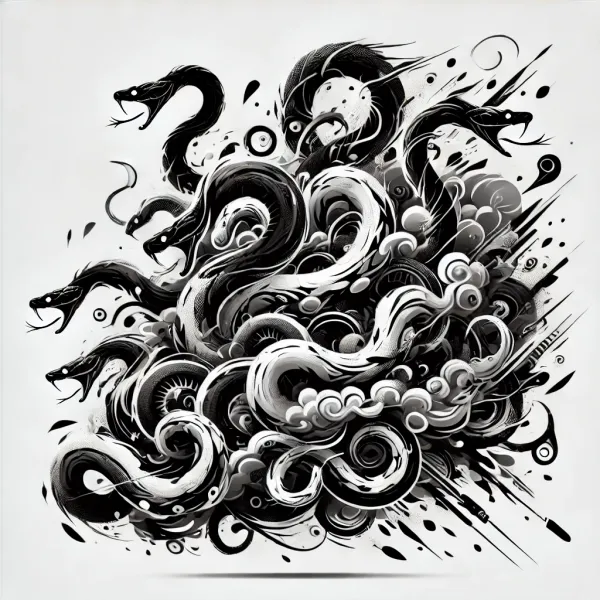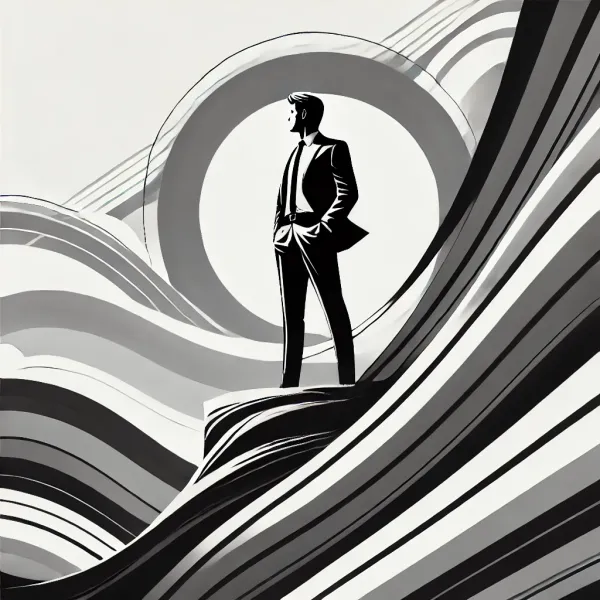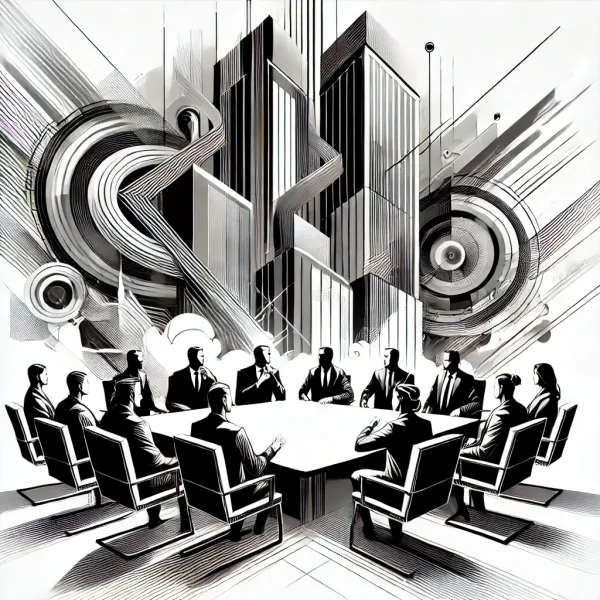The Three Types of Email Marketing Campaigns

As you may know, simply sending emails to people might have some effect, but we want results, achievements, influence. We don’t want to waste our time or that of our recipients.
Sometimes, a one-time send is useful and appropriate, such as for a regular newsletter, reminder, or flash promotion.
However, if we want to launch a marketing campaign, we’ll need a series of messages, each with its own role.
From my experience, I can say that I most often use three types of campaigns. I’ve even named them:
Campaign 1: Atomic Bomb
Here, we rely on one main email message, but it is simultaneously supported across all our available channels. For example, we want to announce the launch of a new collection of women’s handbags. In this strategy:
- We prepare a special page on our store, showcasing the products from the collection.
- We prepare a blog post presenting the collection.
- We send an email campaign to our subscribers, announcing the collection and providing a brief summary and links to the blog post and collection page.
- We publish corresponding posts on Facebook, Instagram, and prepare stories and reels.
- We notify all influencers and partners we work with with a separate message.
- We arrange interviews with several podcasts, websites, and YouTube channels.
- We launch a Facebook/Instagram campaign for the new collection.
The idea is that the synergistic effect of communicating the campaign across all channels will reach a critical point and significantly increase conversion rates.
Of course, the key points here are:
- Timing synchronization.
- Unified visual and text communication.
This type of campaign can be combined with others without problems, as one of their stages.
Campaign 2: Earthquake
As you know, earthquakes often have one main tremor and then additional smaller ones, like an echo. This is the idea behind this type of campaign.
- We send the main message.
- We send reminder messages at specific intervals.
An advanced version of this campaign involves personalized and automated reminder messages depending on the recipient’s reaction to the main message.
An example of such a campaign is promoting a webinar:
- First, we announce the webinar.
- As the date and time approach, we send several reminders to registered participants.
Another application of this strategy is when we send “cold” emails and then follow up and remind recipients, trying to get them to respond.
Campaign 3: The Hero’s Journey
This is the most complex type of campaign and requires very good timing coordination. It is built on the principle of gradual unfolding and reaching a climax. And after the climax, there is a post-campaign effect and actions.
Here’s an example of such a campaign:
- Announcement: We announce our upcoming event, such as a seminar, and present it in a blog post and a follow-up email.
- Attracting attention: We send a useful resource to our subscribers and try to create reciprocity.
- Engagement: We send an interesting survey or quiz to gather information and wake up our recipients from lethargy and get them to take a specific action.
- Creating urgency: Reminding that after a certain date, there will be changes in conditions – price increase, removal of bonuses, limitations on the number of spots, etc.
- Accelerating the pace: Conducting the webinar or LIVE session and announcing a special offer within the campaign, valid only for 24-72 hours, but very advantageous.
- Pressure: Reminding webinar participants about the expiration of the special offer and urging them to join.
- Final push: Reminding that the campaign’s end is approaching and the “disaster” will happen (price increase, closing doors, removal of bonuses, etc.).
- Impact: Fulfilling our promise and raising the price, removing bonuses, etc., as we said. If we don’t keep this and compromise with the “latecomers,” we lose credibility, like parents who initially forbid chocolate but give in when the child cries, giving them candies too.
- Finishing move: After the “big event,” we make a final offer, also valid for a very short time, not as advantageous as the original, but still quite good.
As you can see, the campaign unfolds, tension increases, and so does the recipients' engagement.
The important thing is not to overdo the messages and to carefully craft each one. We don’t want our recipients to unsubscribe or report us as spam, right in the middle of our campaign, do we?
What do you think? Is any of these strategies applicable to your activities? Have you used any of them? Do you think they will be useful to you in the future?





